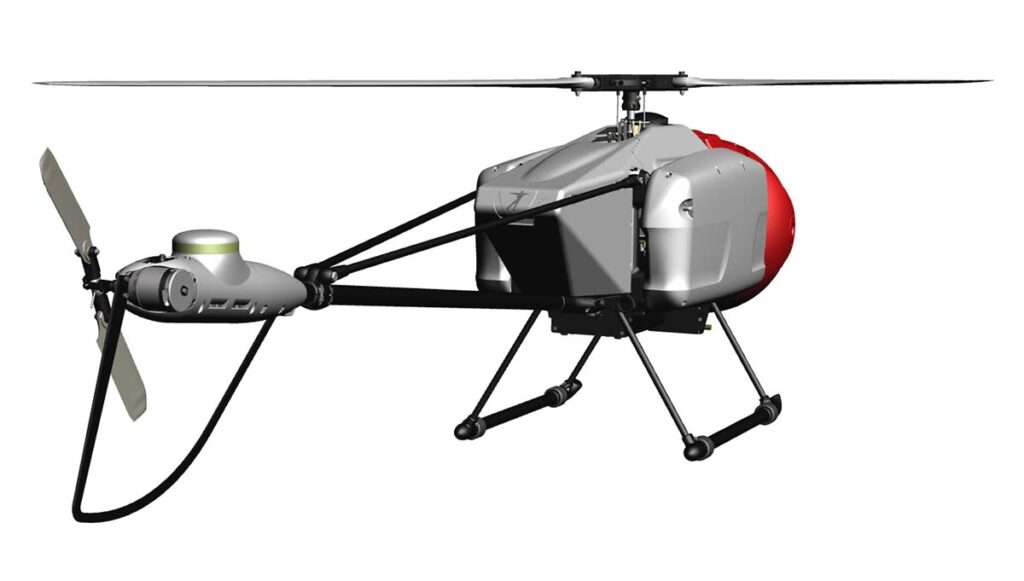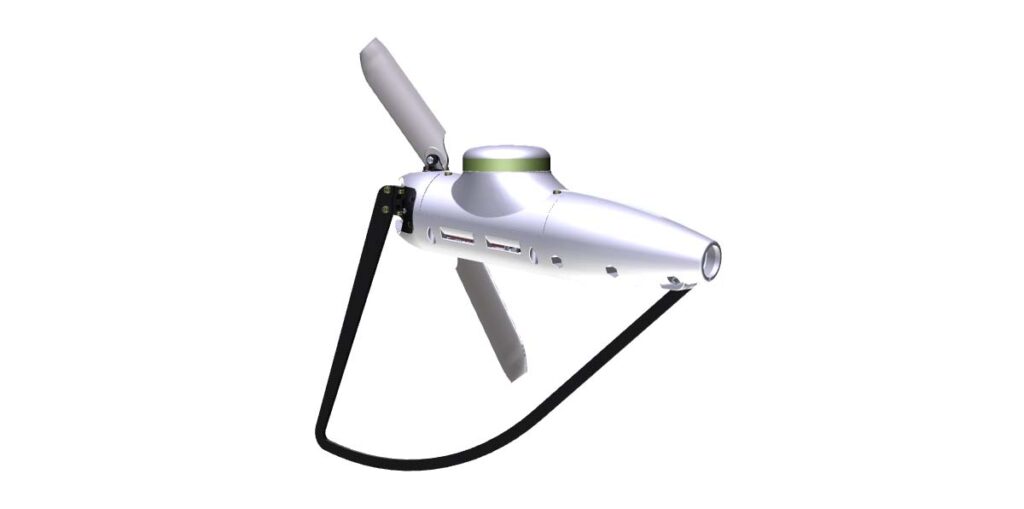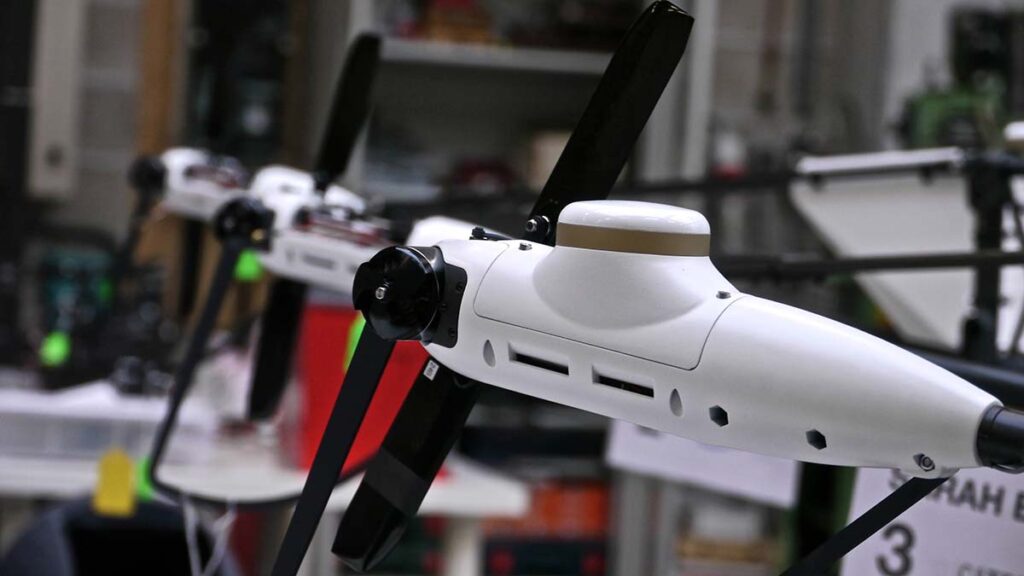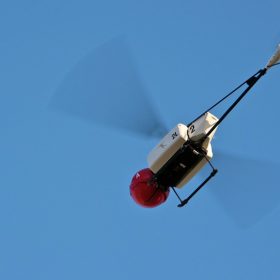3D printed drone parts for SARAH, advanced unmanned aerial system, the story so far
FLYING-CAM ignited the close range aerial filming concept in the 1970s and has been leading the way with its Award-winning Flying-Cam II in the motion picture industry. Today FLYING-CAM continues to guide the innovation with the state-of-the art Flying-Cam 3.0 SARAH.
The Flying-Cam 3.0 SARAH is an electric VTOL (Vertical Take Off and Landing) UAS (Unmanned Aerial System) featuring 25 Kg TOW and 30 minutes flight time with a 5 Kg payload. SARAH stands for Special Aerial Response Automatic Helicopter. Incorporating efficient aerodynamics, innovative flight modes and modular interchangeable payloads all in a portable unit that is quickly deployable, the SARAH system provides unprecedented centimetre precision level aerial 3D imagery intelligence.

SARAH has reached production stage. The Spanish Aerospace Research Centre FADA-CATEC has taken delivery of its first SARAH systems. They are used for air traffic management and general aviation research, technology & development projects in partnership with BOEING, EADS and AIRBUS MILITARY.
Two weeks training was sufficient for the Client to take control of the whole system.
FLYING-CAM dedication is to design field proven state-of-the-art products. Each SARAH System is the result of smart and deep thinking, with the KISS & JEEP concepts as a goal: Keep It Simple Stupid and Just Enough Essential Parts.

As a Light UAS, 25 Kg TOW including payload, SARAH is recognized to be the most advanced technology available today: easy to use, maintenance free propulsion, innovative FLYING-CAM proprietary Automatic Pilot System and most importantly the best real time image quality, day or night, the core competence of the FLYING-CAM Company.
SARAH supersedes heavier and more costly systems. Moreover, the 25 Kg category regulation is less demanding than for heavier platform which further reduces the operating costs.
Its applications include Emergency Management, Surveillance, Defence, ENG & EFP Broadcast TV and Motion Picture Production.
The collaboration with CRP Technology
The first FlYING-CAM Airframe Structure was made with composite moulded material.
FLYING-CAM moved to SLS technology in collaboration with CRP Technology in order to accelerate iteration generation, improve manufacturing time and facilitate production in series. Alongside it allows easier customization of the platform.
Main FLYING-CAM parts manufactured using Additive Manufacturing and the Windform SLS materials are:
- Airframe structure
- Air guide cooling system
- Tail unit
- Main battery connection
The requirements were fast iteration process, best ratio between structural strength and weight, acceptable consistent result and opportunity to combine multiples functionalities from one unique part.
CRP Technology provided fast response time to new requirements, very good cooperation with FLYING-CAM engineers and CAD designers and best output quality with unique proprietary process.
About FLYING-CAM
FLYING-CAM is pioneer in the development and application of rotary wing Light Unmanned Aerial System for the most demanding Motion Picture Industry. Winner of an Academy Award for Technical Achievement from the Academy of Motion Pictures Arts and Science, FLYING-CAM has established their reputation as the undisputed reference in state-of-the-art Close Range Aerial Filming technology. Clients includes: Harry Potter, James Bond, Mission Impossible, Red Cliff and many others.
Since 7 years FLYING-CAM has focused on the development of the next generation Rotary Wing light UAV. Their Aerial Robotic Engineering team is now strategically focused on precision 3D aerial Imagery Intelligence (IMINT) for multiple markets: Law Enforcement, Defence, Civil Security, News & Entertainment and the related Services markets.
FLYING-CAM is based in Belgium, USA and Hong Kong.


